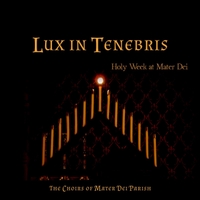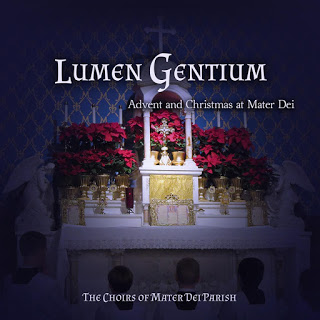While I already composed a polyphonic refrain for Puer Natus a few years back, I recently revisited the text and wrote a harmonized version of the entire hymn. Written for the women’s schola at my parish, the score is marked SSAA, but it could easily be sung by men an octave lower. The setting keeps the chant melody throughout, and the other voices mostly fall in line with the chant melody. Each verse is set in two, three, or four parts, depending on the text. There isn’t really a time signature.
The syncopated descant is a little unusual and even dissonant at times. My intention is to highlight something mysterious from the text.
As usual, I’ve attached a free PDF at the bottom of the post (CC-BY-NC-ND). There is also a second, somewhat simplified version without the syncopated descant.
Puer Natus Setting
I mostly selected the harmonies for the verses based on these attributes:
- Narrative verses generally use the simple Soprano/Alto 1 melody and harmony.
- Verses dealing with men generally add the Alto 2 part.
- Verses related to angels raise Alto 2’s line an octave into the descant.
- Verses describing the paradox of Almighty God humbling himself to become Man use all four parts, with syncopated descant. Likewise, Ut redderet is set thus, in which we are made like unto Him.
- When the Magi enter to adore the newborn Lord, the simple Soprano/Alto 1 lines are used, denoting the humble place where the Lord was born.
- Where similis juxtaposes dissimilis, Alto 2 breaks off and the Descant takes over.
- The final verse changes the Descant, giving praise to the Holy Trinity.
Simplified Version without Syncopated Descant
This version reuses some of the later harmony from the final verse elsewhere, removing the syncopated descant against the chant verses.
About the Featured Image
The featured image is Adoration of the Shepherds by Bartolome Esteban Murillo. It is in the public domain in the United States.





